1. Frequent Police Activity
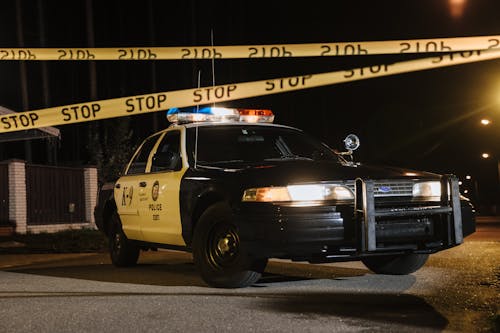
If you notice constant sirens, police tape, or multiple squad cars parked around, that’s not something to shrug off. High police presence often points to ongoing crime or public safety issues. It doesn’t always mean the neighborhood is unsafe, but it’s a sign that trouble happens often enough to require intervention. You don’t want your daily life to feel like a crime drama unfolding outside your window.
Before moving in, check local crime maps and reports to see what’s really going on. Some areas may be improving, while others have persistent problems that could affect your peace of mind. Even if you feel safe yourself, higher crime can impact everything from property values to car insurance rates. It’s better to know upfront than be surprised after signing a lease or mortgage.
2. Boarded-Up Homes and Businesses
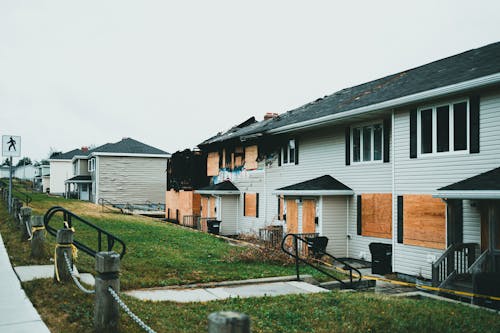
Empty storefronts and boarded-up houses can tell you a lot about a neighborhood’s stability. When businesses leave, it usually means customers aren’t coming, and that can indicate economic decline. Vacant homes, meanwhile, are more vulnerable to vandalism and squatters. The atmosphere this creates often drags down the entire block.
This isn’t just about aesthetics—it’s about the health of the community. Thriving areas tend to attract new businesses, while struggling ones often lose them. If you see too many signs of abandonment, it may mean fewer resources and less investment overall. That’s not the kind of environment most people want to move into.
3. Overwhelming Noise Levels
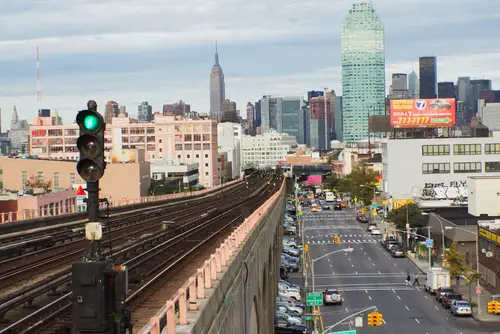
Some city noise is unavoidable, but there’s a difference between a lively buzz and nonstop chaos. Constant traffic, industrial operations, or late-night parties can seriously affect your sleep and stress levels. Long-term exposure to noise pollution is even linked to health issues like hypertension. If peace and quiet matter to you, this is a dealbreaker.
Visit at different times of day to get a true sense of the soundscape. A street that seems calm at noon could turn into a loud nightmare after dark. If the neighborhood is right next to a busy highway or train line, you’ll never escape the hum. That’s something you’ll want to weigh before moving in.
4. Poorly Maintained Infrastructure

Look down as much as you look around—cracked sidewalks, potholes, and broken streetlights aren’t just annoyances. They’re signs of neglect from the city or local government. A lack of basic upkeep means residents’ needs might not be prioritized. That kind of disrepair also makes life less safe and convenient.
When infrastructure is ignored, it often points to larger issues with funding or management. Poor maintenance can also signal lower tax revenue in the area, which could mean fewer public services overall. If you’re moving with kids or pets, broken sidewalks and dark streets are more than just ugly—they’re risky. A healthy neighborhood should reflect care and investment in its surroundings.
5. Limited Access to Groceries and Essentials

If you can’t find a grocery store nearby, that’s a serious problem. Living in what’s known as a “food desert” makes it hard to access fresh produce and affordable meals. Relying on convenience stores might work short term, but it’s usually more expensive and less healthy. Over time, this can affect both your lifestyle and your budget.
Check for the basics: a decent supermarket, pharmacy, and maybe even a hardware store. These essentials make daily living easier and signal that the area can support businesses. A lack of them usually points to weak infrastructure and low demand. That’s not the kind of challenge most people want to take on.
6. Stray Animals Everywhere

Seeing one or two strays might not be alarming, but constant packs of dogs or groups of feral cats tell another story. It usually points to weak animal control services or community neglect. Stray animals can also spread disease, cause noise, or even become aggressive. That’s not something you want to deal with while walking your dog or kids.
A responsible community will have spay-neuter programs and animal rescue resources. When those are missing, it reflects larger gaps in how the area takes care of its responsibilities. It also shows how much neighbors are—or aren’t—willing to step up. That lack of care can bleed into other areas of neighborhood upkeep.
7. Lack of Street Lighting
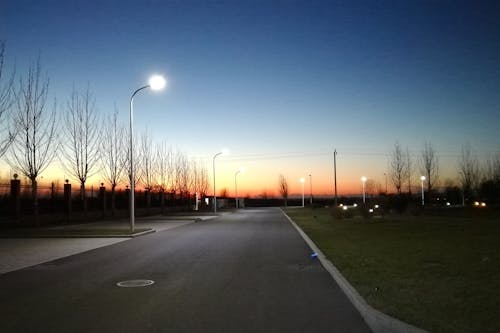
Dark streets aren’t just eerie—they’re unsafe. Poor lighting makes it easier for crime to go unnoticed and accidents to happen. Even if crime rates aren’t high, most people feel less comfortable walking at night in dim conditions. Feeling unsafe in your own neighborhood will quickly wear on you.
Good lighting is a basic expectation in most communities. When it’s missing, it usually signals neglect or budget shortfalls. It also makes it harder for neighbors to keep an eye out for each other. A simple walk home from the bus stop shouldn’t feel like a risk.
8. Overcrowded or Underfunded Schools
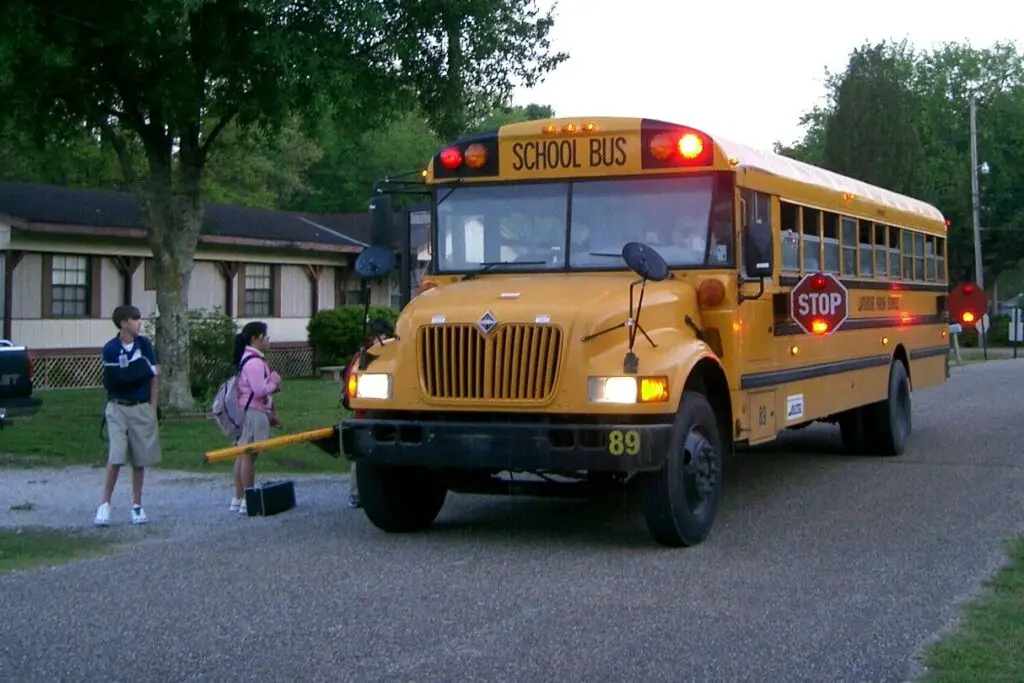
If you’re moving with kids, school quality is a huge factor. Overcrowded classrooms and outdated facilities suggest the district is stretched thin. That can translate to less attention for students and fewer extracurricular opportunities. Long term, it can even affect property values.
Even if you don’t have children, schools say a lot about the area. Strong schools attract families, while struggling ones often drive them away. This cycle has ripple effects on the whole neighborhood. It’s worth checking local test scores, graduation rates, and parent reviews before committing.
9. No Community Presence Outdoors
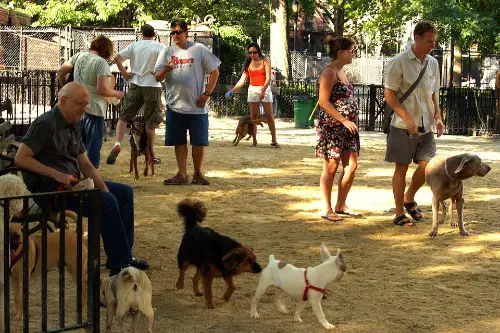
A healthy neighborhood usually has people out and about—walking dogs, kids playing, neighbors chatting. If you don’t see any of that, it may be a red flag. Sometimes it’s due to safety concerns, and sometimes it’s just lack of community spirit. Either way, an empty neighborhood can feel isolating.
Communities thrive on connection, and seeing people outside is a sign of life and trust. When that’s missing, it often means people don’t feel comfortable or invested in the area. That makes it harder to build relationships and feel at home yourself. A neighborhood should feel welcoming, not deserted.
10. Excessive Traffic or Unsafe Roads
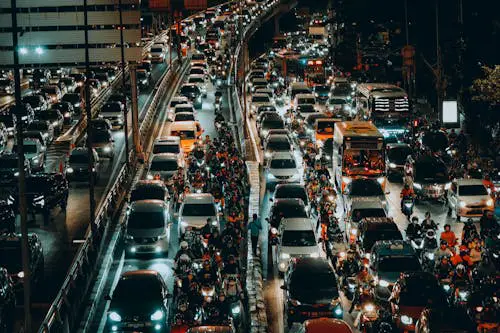
Heavy traffic can make even short commutes stressful. If the streets are constantly jammed or designed poorly, daily life becomes frustrating. Unsafe crossings and speeding cars also put pedestrians at risk. It’s hard to enjoy your home if you’re worried every time you cross the street.
Look for crosswalks, bike lanes, and speed control measures. These details show whether the area prioritizes safety. A neighborhood with chaotic traffic patterns often feels less livable. Nobody wants to dodge cars just to grab a cup of coffee.
11. Overgrown Lawns and Trash Buildup
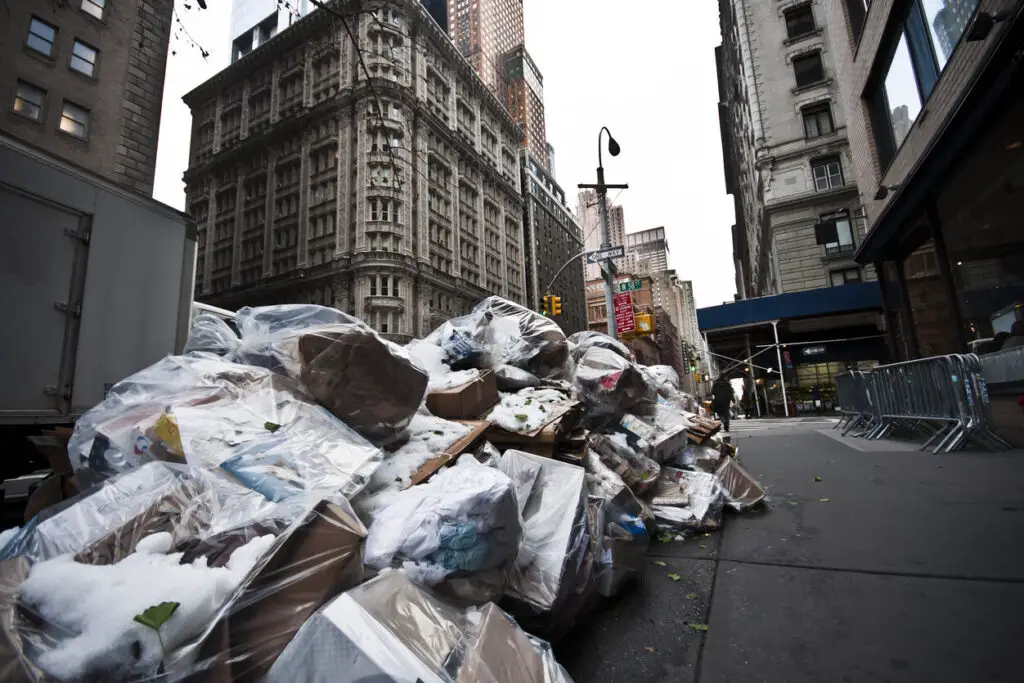
When you see yards full of junk or sidewalks covered in trash, it speaks volumes. It usually means residents or city services aren’t maintaining the space. That not only looks unappealing but can also attract pests. Over time, this drags down the whole area’s quality of life.
Good neighborhoods rely on shared responsibility. When upkeep is ignored, it creates a cycle of neglect that’s hard to reverse. Clean, maintained spaces signal pride and investment. Messy ones show indifference that can spread fast.
12. No Parks or Green Spaces Nearby
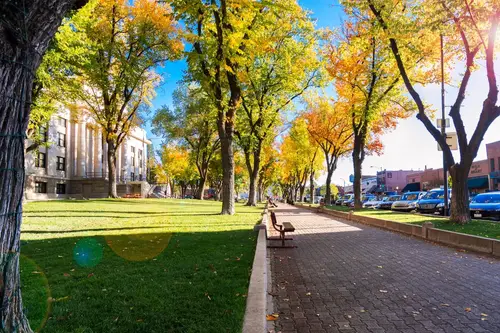
Access to green space is more important than most people realize. Parks give communities a place to gather, exercise, and relax. Without them, people have fewer options for outdoor activity. That lack can affect both physical and mental health.
Green spaces are also tied to property values and environmental health. They help regulate air quality and provide safe play areas for kids. If a neighborhood lacks them, you may feel boxed in. Everyone benefits from a patch of grass and some trees.
13. Gut Feelings That Something’s Off
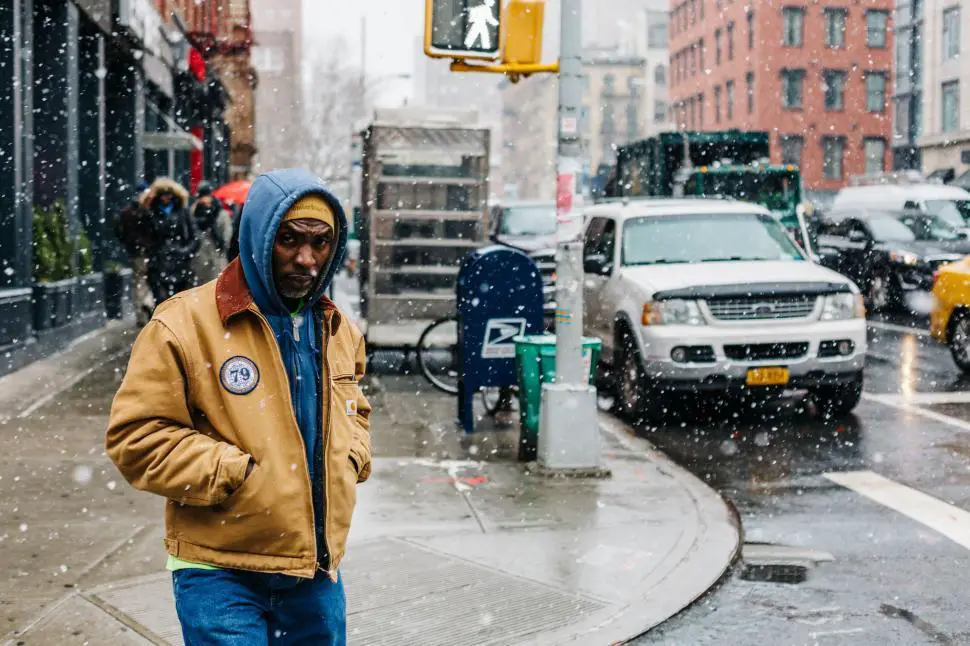
Sometimes, the numbers and facts don’t capture the whole story. If you feel uneasy while walking around, don’t ignore it. Your instincts can pick up on things that data might miss, like tension between neighbors or a general sense of unease. A home should feel like a place where you can relax, not stay on guard.
Trusting your gut doesn’t mean dismissing facts—it means paying attention to your comfort level. The vibe of a place matters just as much as the statistics. If something doesn’t sit right, it may not be the right neighborhood for you. After all, you’re the one who has to live there every day.
This post 13 Red Flags That Suggest You Shouldn’t Move to a Neighborhood was first published on Greenhouse Black.
